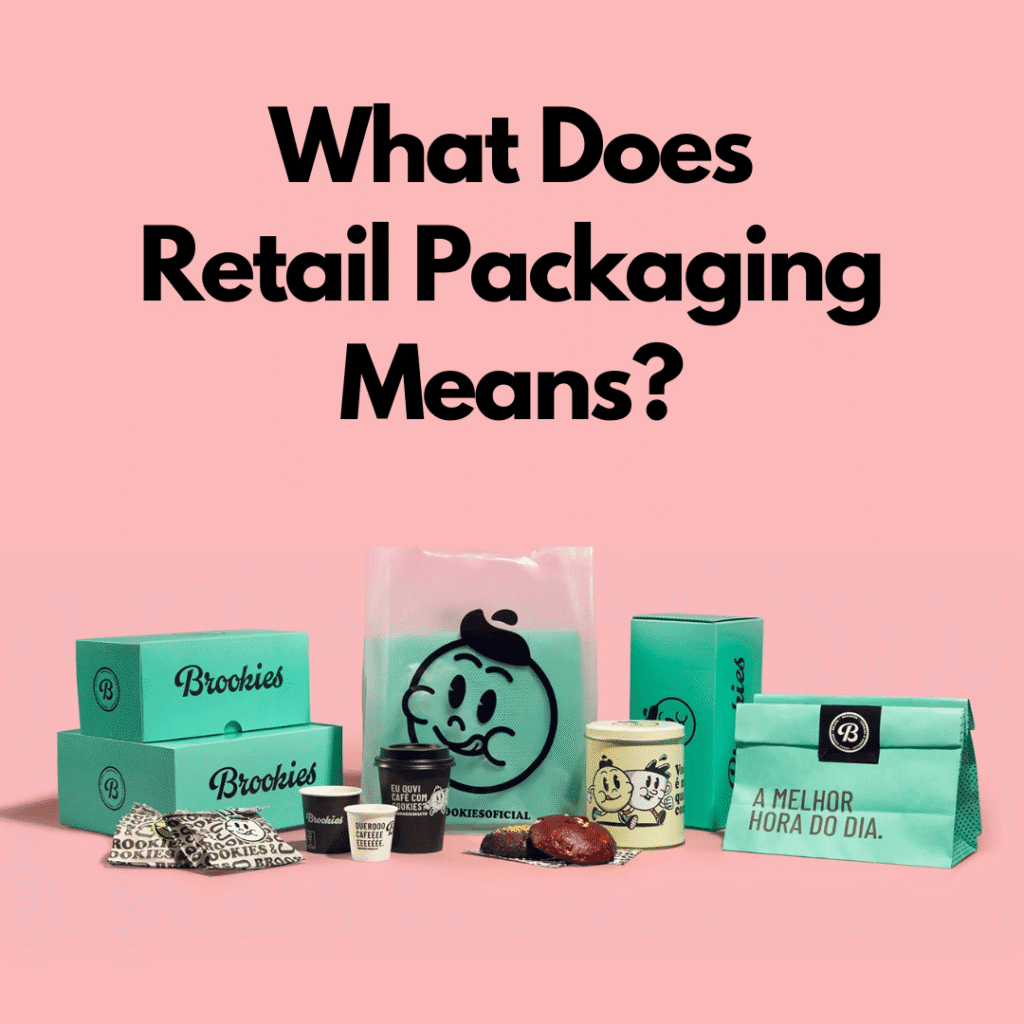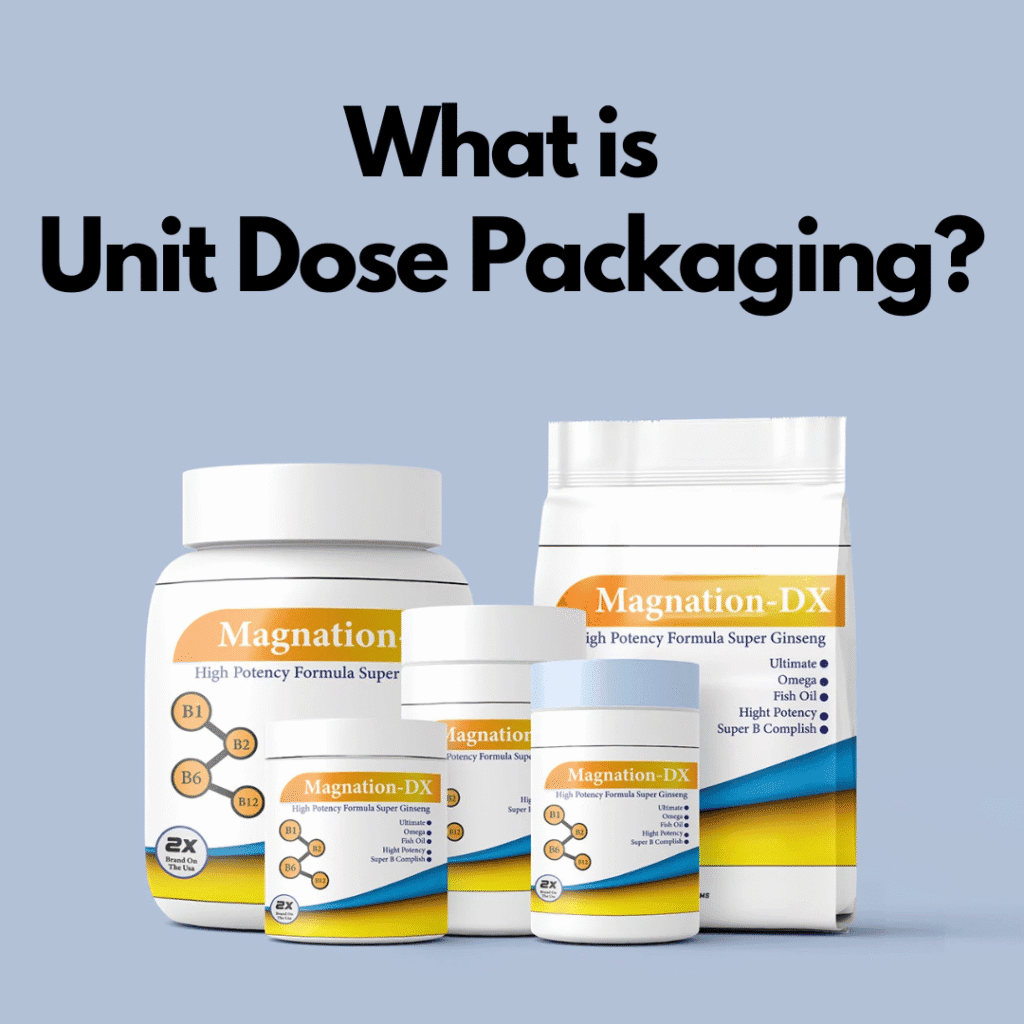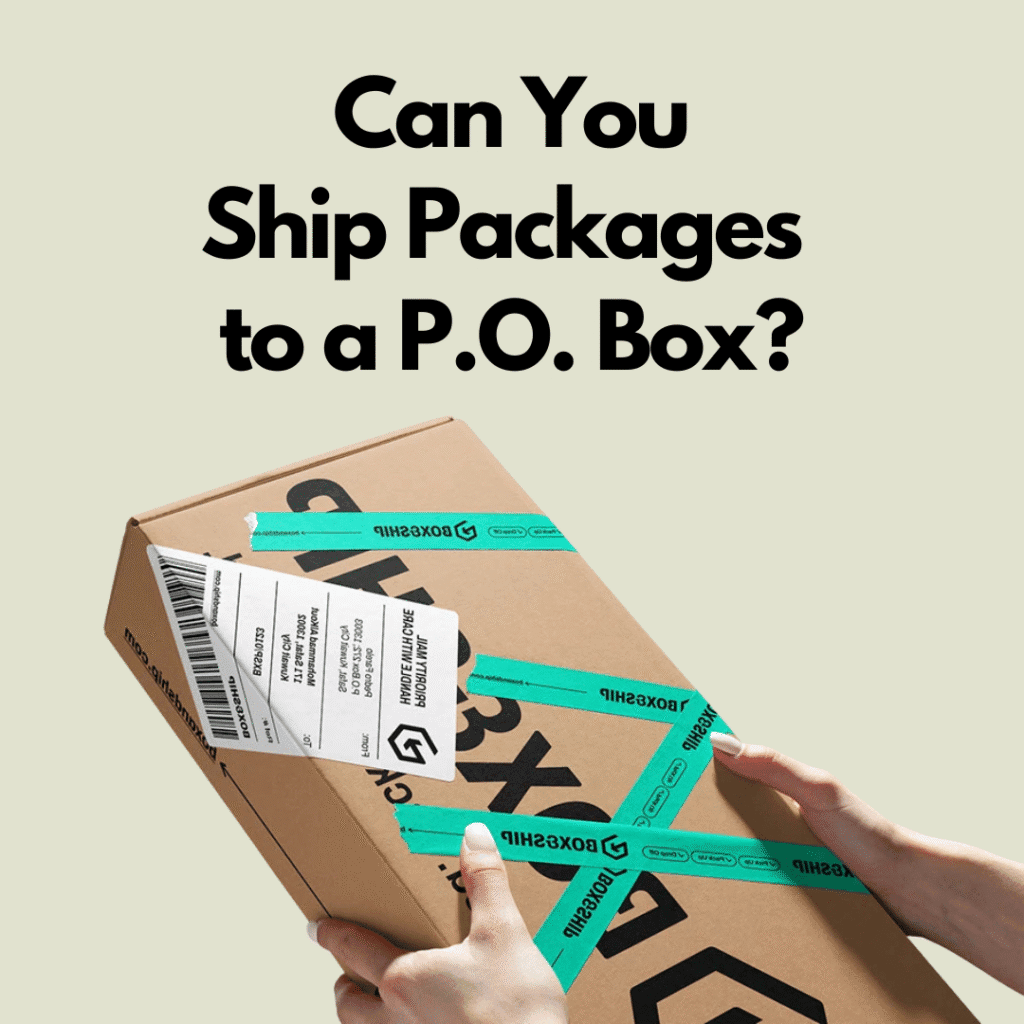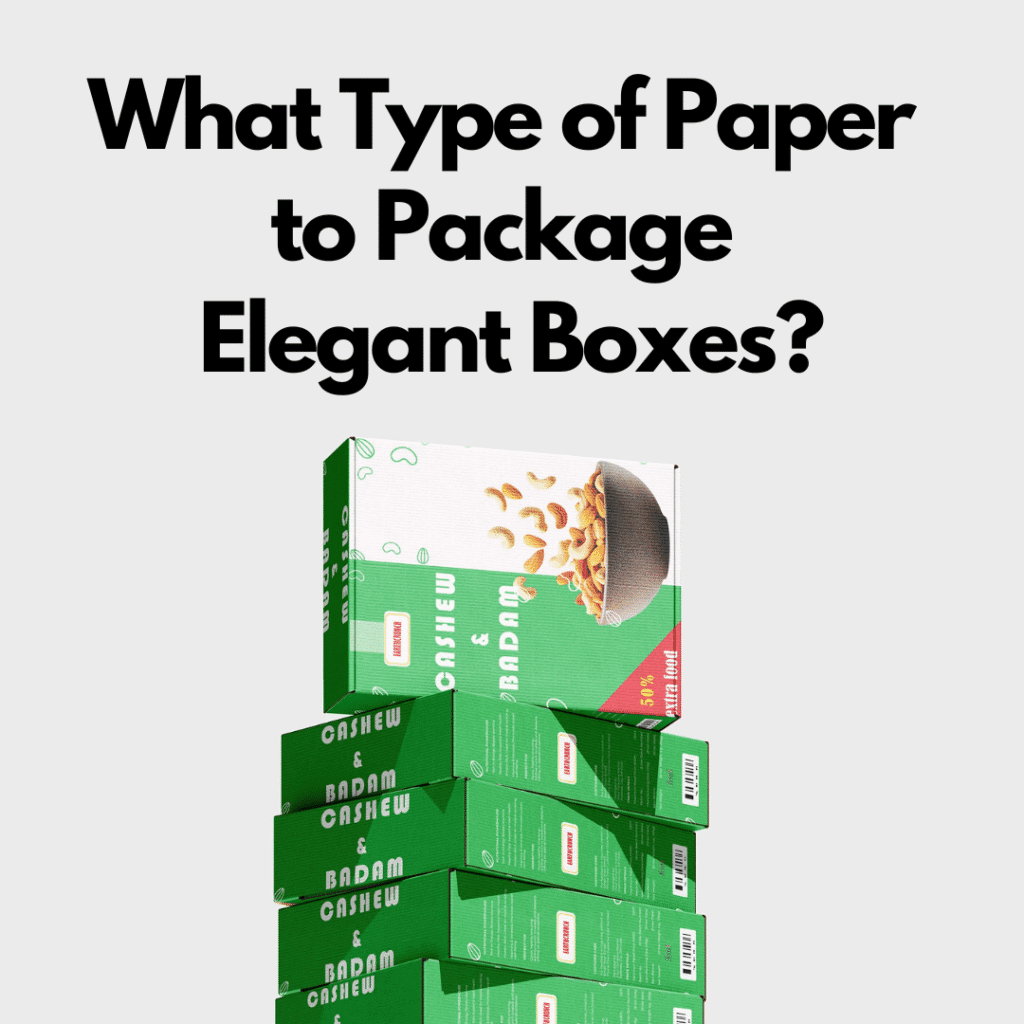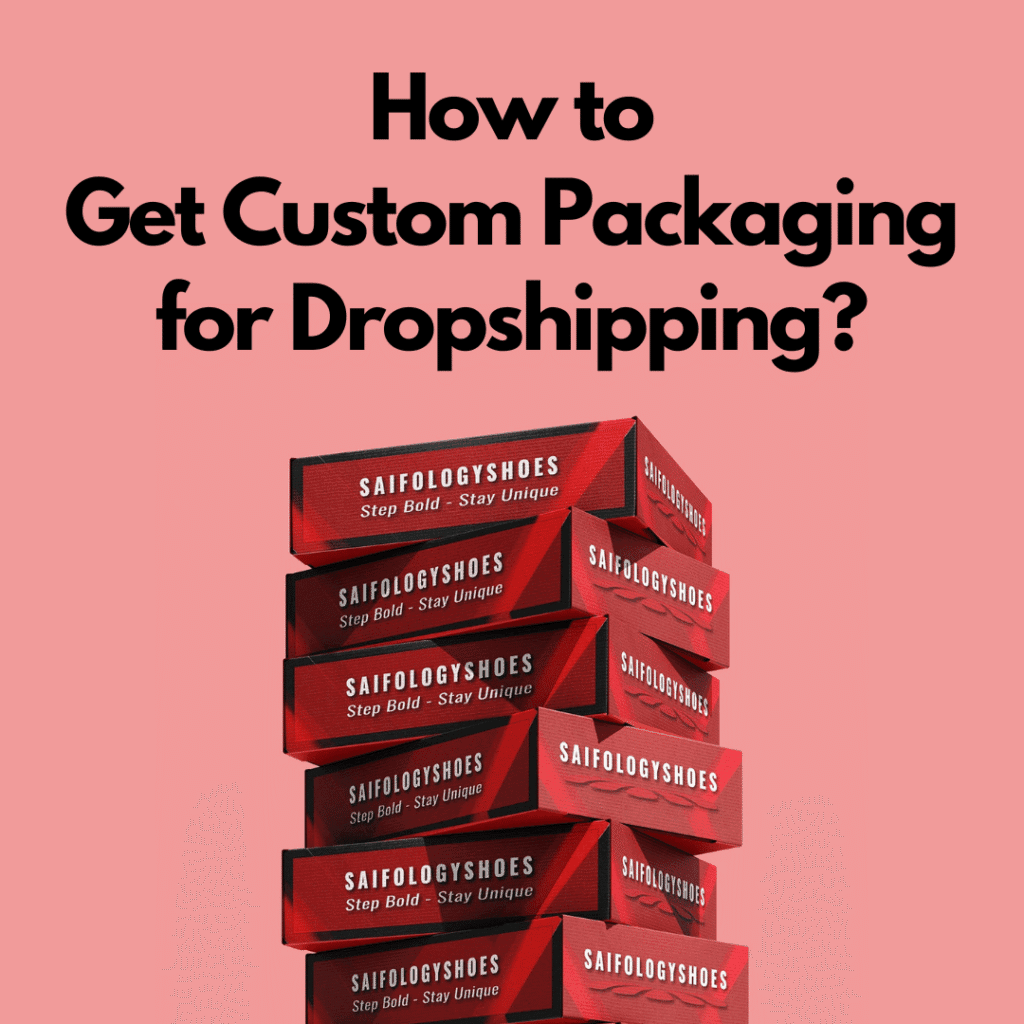What Does Retail Packaging Mean?
What Does Retail Packaging Mean? Curious to know innovative solutions?! Let’s get started! Contact our packaging experts today for a free consultation and receive an instant, no-obligation price estimate. GET Quote Summary Customers notice retail packaging first whether they go to a store or shop online. This packing keeps the item safe and makes it appear nice. It also shows brand details and important product information. Strong packaging boosts sales and trust. Introduction We face retail packaging every day, but we don’t always think about it. This is a packaging you see on things in stores. From candy wrappers to shoe boxes, retail packaging is everywhere. It keeps products safe, gives information, and looks attractive. Let’s explore what retail packaging is, why it’s needed, and how it benefits customers and brands. Understanding of Retail Packaging When someone buys something, they see the retail packaging last. It might be a bag, bottle, box, or wrapper. It keeps the product safe. This gives info like the name, price, and how to use it. Packaging for stores also shows off the brand’s design. It makes things seem beautiful on shelves and draws in customers. The Main Purpose of Retail Packaging The basic goals of retail packaging are to keep the product safe and get people to buy it. It protects an item against damage, dust, and tampering. It also talks about the brand and the products. Good packaging makes people trust you and makes the purchase process better. It makes a product stand out in shops or online. Why Is Retail Packaging Important? The retail packaging is essential for both shoppers and sellers. It helps companies gain trust and make more sales. A product seems professional and high-quality when it is packaged well. It also keeps the object safe from harm. It provides clients with important details. Bad packing can cause harm to the goods or reduce revenue. That’s why businesses spend money on packaging that looks good and is strong. Types of Retail Packaging There are many kinds of retail packaging. Each one is created for a certain type of product or need. These are the most common types: Rigid Retail Packaging Rigid packaging is strong and does not bend. Luxury items like watches, phones, and perfumes use it. It makes them feel premium and more special. Customers often reuse it for storage. Plastic Packaging Plastic packaging is strong and waterproof. It keeps products safe and sealed. Toys, beauty items, and home goods often use it. Many brands now use recycled plastic to protect nature. Custom Retail Packaging Brands use custom packaging to reflect their look. It includes colors, a logo, and a layout. This also builds brand identity. It makes products eye-catching. This packaging also gives a more personal touch to customers. Green Retail Packaging Brands use recycled or natural materials for eco packaging. It helps lower trash and protects the Earth. This shows their care for the environment. Customers also prefer green options. Flexible Retail Packaging This type of packaging is soft and bends easily. People use it for food, sauces, and beauty items. It doesn’t need much space. Many bags have zips to keep the product fresh. What Information Should Retail Packaging Include? The retail packaging should make it easy for customers to understand. The name, brand, size, and ingredients of the product must be on it. The label must show how to use it, include safety tips, and list the expiry date. Honest info builds trust. People feel sure when they see clear details. Some packaging also has green labels or awards to guide smart picks. How Important Is Retail Packaging in Buying Decisions? People can decide what to buy by looking at the box. A lot of people choose things only because they look nice. A neat and colorful package gives a powerful first impression. Trust is built by clean designs. Colors, typefaces, and photographs grab people’s attention. If the package is unclear or messy, people may not notice it. Good design makes the product stand out from others in the store. How Does Retail Packaging Impact Sales? Retail packaging plays a big role in product sales. Clear and good-looking designs attract people fast. It also boosts the brand image. Even if two products are the same, better packaging wins. A good design makes the product pop. That’s why brands invest in great packaging. It helps turn interest into sales. Key Features of Good Retail Packaging The right packaging for stores should keep the products safe and be easy to open. It must clearly show important information. It should also look good and match the brand’s style. Simple and smart packaging works best. Customers might not buy again if it’s hard to open or unclear. A good design helps people trust you and gets them to buy. Smart Ideas to Select the Right Retail Packaging The companies should make sure that their packaging matches their product, their audience, and their brand. Delicate items need strong protection. Young buyers prefer colourful designs. Luxury brands need premium looks. The businesses should also look at the pricing and availability of materials. Designs should be cheap and easy to make. But quality should always stay high. Good packaging balances looks, function, and price for the best results. Retail Packaging Trends Packaging trends keep changing. Right now, minimal design is in style. Modern styles are simple, with soft colours and clear lines. People also favour clear packaging since they can see what’s inside. QR codes on smart packaging make it more entertaining. Personalization is also on the rise. Sustainable packaging is now a common need. Brands that keep up with trends can gain more fans and stay ahead. Retail Packaging vs. Wholesale Packaging Packaging for retail is not the same as packaging for wholesale. Retail packaging is made for customers. This packaging has a lot of product information and is also colourful and looks good. The goal of this packaging is to get people to buy the product. Wholesale packaging is

